MORE IMPORTANT INFORMATION ABOUT YOUR TRAVEL TO Frankfurt
Frankfurt (officially: Frankfurt am Main (German: [ˈfʁaŋkfʊʁt ʔam ˈmaɪn]; Hessian: Frangford am Maa; lit. "Frank ford on the Main")) is a metropolis and the largest city of the German federal state of Hesse, and its 746,878 (2017) inhabitants make it the fifth-largest city in Germany. On the River Main (a tributary of the Rhine), it forms a continuous conurbation with the neighbouring city of Offenbach am Main, and its urban area has a population of 2.3 million. The city is at the centre of the larger Rhi
Source:
WikipediaADDITIONAL INFORMATION ABOUT Brussels North
Brussels (French: Bruxelles [bʁysɛl] or [bʁyksɛl]; Dutch: Brussel [ˈbrʏsəl]), officially the Brussels-Capital Region (French: Région de Bruxelles-Capitale; Dutch: Brussels Hoofdstedelijk Gewest), is a region of Belgium comprising 19 municipalities, including the City of Brussels, which is the capital of Belgium. The Brussels-Capital Region is located in the central portion of the country and is a part of both the French Community of Belgium and the Flemish Community, but is separate from the Flemish Regio
Source:
WikipediaImages of the trains for your trip

Where Can You Travel With Us?
TAKE A LOOK AT OUR MAP
France
Italy
Netherlands
Luxembourg
Austria
Germany
Belgium
Switzerland
Denmark
Sweden
Norway
Hungary
Czech
Ukraine
China
Active
France, Italy, Netherlands, Luxembourg, Austria, Germany, Belgium, Switzerland, Denmark, Sweden, Norway, Hungary, Czech, Ukraine, China
Upcoming
USA, Canada, Spain, Poland, Japan

Other Train Trips From Brussels North:

Brussels North to Kortrijk

Brussels North to Izegem

Brussels North to Stockem

Brussels North to Aarschot

Brussels North to Overpelt

Brussels North to Pry

Brussels North to Evergem

Brussels North to Momalle

Brussels North to Anseremme

Brussels North to Tilly

Brussels North to Hergenrath

Brussels North to Heist

Brussels North to Jette

Brussels North to Genly

Brussels North to Naninne

Brussels North to Neufchateau BE

Brussels North to Boom

Brussels North to Ghent Dampoort

Brussels North to La Louviere

Brussels North to Marchienne Zone

Brussels North to Paliseul

Brussels North to Jamioulx

Brussels North to Natoye

Brussels North to Sint Niklaas

Brussels North to Landelies

Brussels North to Harchies

Brussels North to Jemeppe Sur Sambre

Brussels North to Kwatrecht

Brussels North to Lustin

Brussels North to Messancy
WHY YOU SHOULD TRAVEL BY TRAIN?
To travel from Brussels North To Frankfurt, trains would be the best travel choice, for several reasons:
1
Eco-Friendly
Trains are the most environmentally-friendly way of transport to the EU Environment Agency. They are powered by electricity, which is renewable and has a low environmental impact.
2
Speed
Travelling by train is in most cases the fastest way to go from Rome to Milan. Trains usually travel at high speeds, making them the fastest way to get from one place to another.
3
Safety
Travelling by train is one of the safest forms of transport. Trains are heavily regulated and monitored, making them safer than other forms of transport.
4
Price
Travelling by train is often cheaper than other forms of transport, such as flying or taking a bus. Trains are often subsidized by the government, making them cheaper than other forms of transport.
5
Luggage
Travelling by train is a great way to transport luggage. Trains usually have plenty of space for luggage and they are usually safe and secure.
6
Time
Travelling by train is often faster than other forms of transport, such as driving or taking a bus. Trains usually travel at high speeds, making them the fastest way to get from one place to another.
7
Comfortability
Travelling by train is usually very comfortable. Trains usually have comfortable seating and plenty of legroom, making them a great way to travel.
8
Sleep
Travelling by train is a great way to get some sleep. Trains usually have comfortable seats and plenty of legroom, making them a great way to get some rest while travelling.
9
WIFI
This is not necessarily the most important when you travel since we prefer to tell you to enjoy your travel without your phones, but on trains, you can find WIFI onboard, so you remain connected to the internet if you choose to.
Popular Routes

Geneva Airport To Champery

Paris To London St Pancras International

Paris To Brussels Midi South

Bologna To Verona Porta Nuova

Ragusa To Naples

Amsterdam To Brussels Zaventem Airport

Nice Ville To Lyon Part Dieu

Amsterdam To Brussels

Liege Guillemins To Eupen

Zurich Airport To Lauterbrunnen

Rotterdam To Antwerp Berchem

Paris Charles De Gaulle CDG Airport To Nantes

Milan To Rome

Stuttgart To Basel

Frankfurt To Paris

Amsterdam To Boom

Bellinzona To Basel

Vienna To Budapest Keleti Palyaudvar

Bietigheim Bissingen To Nuremberg

Paris To Rome

Biarritz To Bordeaux Saint Jean

London St Pancras International To Amsterdam

Naples To Milan

Zurich To Basel

Frankfurt To Amsterdam
THESE ARE THE TRAIN OPERATORS WE WORK WITH




















